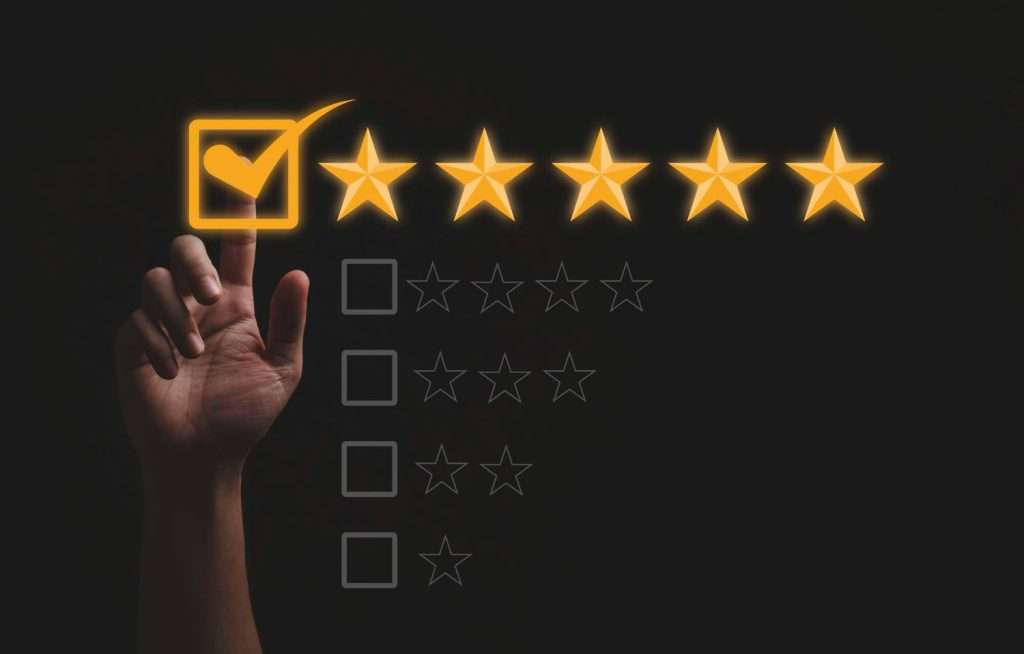
Innovation, unlike creativity, is an end-to-end process that starts with a problem, issue, challenge, or opportunity, and ends with value creation. We’re at the very beginning of the Information Age, where computers and the internet are allowing us to do previously unimaginable things. The byproduct of this innovation is that skill sets that previously led to being the “rock star” will likely become obsolete in tomorrow’s world. In these rapidly changing times, creativity can be even more valuable for determining what the marketplace and your competitors will do next.
Leading organizations, from Apple to Google and beyond, have learned from earlystage failures. A classic example is Apple’s Newton PDA tablet in the 1990s, a flop whose core concept eventually found its way into the iPad. Or the predictable user furor over nearly any new Facebook feature, which eventually gets re-cast by the company as ‘market research’ or ‘design validation’.
Products reveal it may have a viable alternate use
First, analyzing a failed drug sometimes reveals that the drug may have a viable alternate use. For example, Pfizer’s Viagra was originally designed to be a treatment for angina, a painful heart condition. Similarly, Eli Lilly discovered that a failed contraceptive drug could treat osteoporosis and thus developed their one-billiondollar-a-year drug, Evista, while Strattera, a failed antidepressant, was discovered to be an effective treatment for hyperactivity/attention deficit disorder.
Embrace Change
The second imperative is to embrace significant change. Companies can thrive by listening to their customers—including their most spirited critics—and using what they learn to revolutionize their approach to what they do.
Emphasis on Culture and Focus
Loyalty leaders like Whole Foods, Southwest, Zappos, Enterprise, Apple and Wegman’s take a different approach focused on the long term. They place an emphasis on culture and focus on adding value for customers. These organizations lead with their heart.
Value for customers
“Quality” and “customer delight” They differentiate themselves through added value for both customers and employees. “Quality” and “customer delight” are tightly linked. Unless the customer perceives the product as doing at least what it claims to do, it will not generate delight. Companies that behave honestly, transparently, and unselfishly after product recalls and mishaps demonstrate an ideal to which they aspire, though they may have fallen short in a particular instance.

Extending Loyalty
We customers forgave the company's leadership, and in forgiving them, we affirm their ideal, encouraging them to continue to aspire to it. Even the harshest critics, when treated fairly and with respect, often become a company's most loyal fans, because in getting their complaints resolved they've been granted a sense of that company's ideal self. The net effect is increased satisfaction, reductions in attrition and positive word of mouth.
In closing,
I was quite impressed with an article ‘’The Case For Intelligent Failure To Invent The Future’’ by Vinod Khosla. He explains: A 90-percent probability of failure means a 10-percent chance of changing the world, if the goal is ambitious enough. We may have lost resources in those failed efforts, and naive journalists may have poked fun at them, but without the attempts, we would not eventually have developed the many innovations that revolutionize how we live today – including the personal computer, email, the Internet, the mobile phone, the tablet or any of the endless applications built on these technologies.

